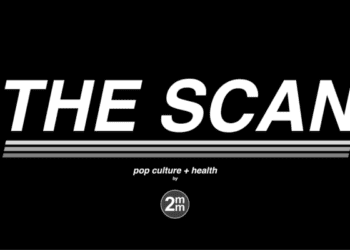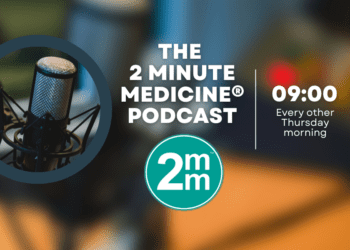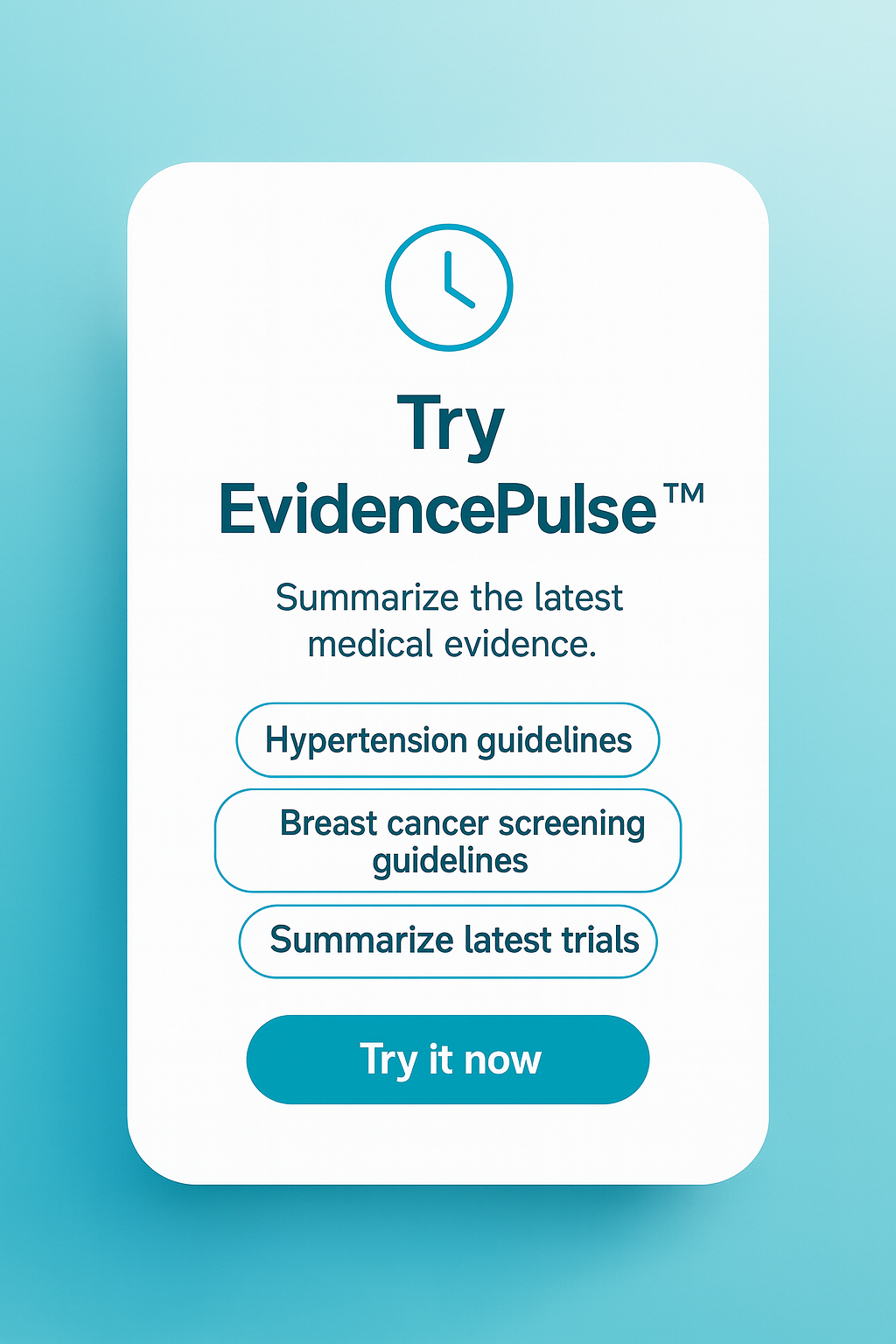β-2 agonist exposure in utero linked to autism
1. Maternal use of β-2-adrenergic receptor (B2AR) agonist drugs was found to be associated with an increased risk for autism spectrum disorder (ASD) in the child.
2. Although having overlapping confidence intervals, point estimates of the ASD risk from longer exposures to B2AR agonists (≥45 days) tended to be higher than those from short-term exposures (1 to 45 days).
Evidence Rating Level: 3 (Average)
Study Rundown: While B2AR agonist drugs are commonly prescribed to treat asthma, they may also be used in late pregnancy to prevent contractions, thus delaying premature labor. Previous studies have suggested an association between prenatal exposure to B2AR agonists and ASD; however, it was not known whether the potential association was related to B2AR exposure or underlying maternal indication (eg. asthma). This study examined the association between outpatient B2AR agonist prescription dispensation and ASD diagnosis in 5200 cases and 52 000 controls of children born in Denmark between 1997 and 2006. In-hospital dispensation was not analyzed, so it is unclear whether any children were exposed to B2AR agonists for tocolytic purposes. Controlling for child gender, birth year, and month and parental age, exposure to B2AR agonist drugs was associated with a significant increase in risk for ASD. Point estimates for ASD risk in children exposed to B2AR agonists for ≥45 days in the preconception period and first and second trimesters were greater than those for children with shorter-duration exposure, although the 95% confidence intervals overlapped substantially. Considering these findings and the potential consequences of untreated maternal asthma, clinicians should carefully weigh the benefits of B2AR agonist treatment with the risks.
Click to read the study, published today in Pediatrics
Relevant Reading: Prenatal exposure to β-2-adrenergic receptor agonists and risk of autism spectrum disorders
Study Author, Dr. Nicole B. Gidaya, PhD, talks to 2 Minute Medicine: Drexel University School of Public Health, A.J. Drexel Autism Institute, Philadelphia, Pennsylvania.
“It is important to study whether in utero exposure to β-2-adrenergic receptor agonist is a risk factor for autism because this can give us clues about the causes of autism in general. There has been a history of some medications prescribed in pregnancy that have been associated with autism.”
In-Depth [case-control study]: Participants included 5200 cases and 52 000 controls, taken from a study population of children born in Denmark between January 1, 1997 and December 31, 2006 (n = 628 408). Cases were identified through the National Hospital Register and the Danish Psychiatric Central Register and medical record ICD-10 codes for childhood autism, atypical autism, Asperger syndrome, and pervasive developmental disorder-unspecified. Controls were matched by month and year of birth (10 per case). A total of 3.7% of the cases (190 children) had documented B2AR agonist exposure at some point between the 90 days prior to the estimated conception date and the delivery date, compared to 2.9% (1489) of controls. Mothers of 83 (1.6%) cases and 673 (1.3%) controls had a documented diagnosis of asthma during this period. Adjusting for parental age, child gender, and maternal asthma, all exposure periods except the first trimester were associated with a significantly (p < 0.05) increased risk of ASD: preconception (OR: 1.3, 95%CI 1.0-1.6), first trimester (OR: 1.1, 95%CI 0.9-1.4), second trimester (OR: 1.5, 95%CI 1.1-1.7), and third trimester (OR: 1.4, 95%CI 1.1-1.7). When duration of B2AR agonist exposure was binarized to 1 to 45 days and ≥45 days, the greatest point estimates of effect size were observed with longer exposure during preconception (OR: 1.5, 95%CI1.1-2.1 vs OR: 1.2, 95%CI 0.9-1.5) and the second trimester (OR: 1.5, 95%CI 1.1-2.0 vs OR: 1.2, 95%CI 0.9-1.6).
Image: CC/Wiki/Melesse
©2015 2 Minute Medicine, Inc. All rights reserved. No works may be reproduced without expressed written consent from 2 Minute Medicine, Inc. Inquire about licensing here. No article should be construed as medical advice and is not intended as such by the authors or by 2 Minute Medicine, Inc.








